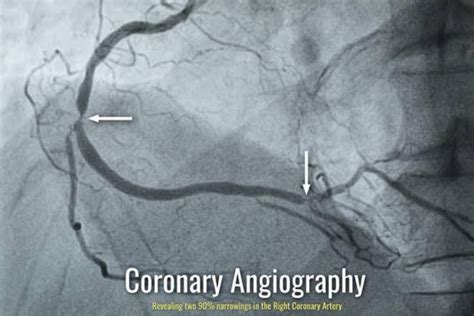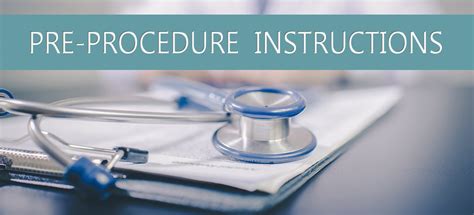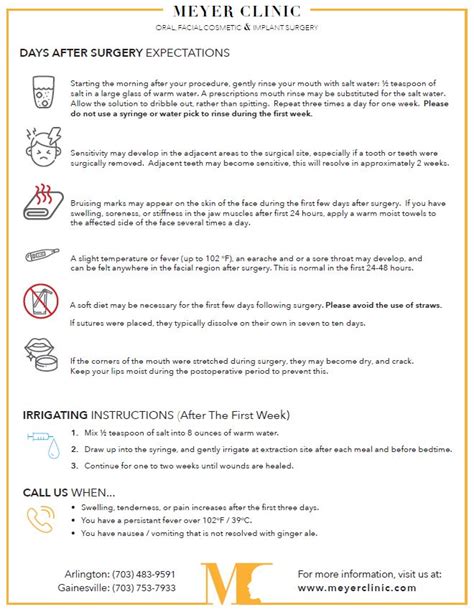Intro
Discover 5 essential coronary angiogram tips for a successful procedure, including preparation, risks, and recovery, to ensure a smooth heart catheterization experience and optimal cardiovascular health outcomes.
The importance of understanding coronary angiograms cannot be overstated, especially for individuals who have been diagnosed with heart conditions or are at risk of developing cardiovascular diseases. A coronary angiogram, also known as a coronary angiography or cardiac catheterization, is a medical procedure used to visualize the coronary arteries, which supply blood to the heart. This diagnostic tool is crucial for identifying blockages or abnormalities in the coronary arteries, allowing for early intervention and treatment. In this article, we will delve into the world of coronary angiograms, exploring their benefits, the procedure itself, and providing valuable tips for individuals who are about to undergo this diagnostic test.
Coronary angiograms have revolutionized the field of cardiology, enabling healthcare professionals to diagnose and treat heart conditions with greater precision and effectiveness. The procedure involves inserting a thin, flexible tube called a catheter into an artery in the leg or arm, which is then guided to the coronary arteries. A special dye is injected through the catheter, and X-ray images are taken to produce detailed pictures of the coronary arteries. This allows doctors to identify any blockages, narrowings, or other abnormalities that may be affecting blood flow to the heart.
For individuals who are scheduled to undergo a coronary angiogram, it is essential to be well-prepared and informed about the procedure. This includes understanding the benefits and risks associated with the test, as well as the steps that can be taken to ensure a smooth and successful procedure. In the following sections, we will provide five valuable tips for individuals who are about to undergo a coronary angiogram, covering topics such as preparation, what to expect during the procedure, and post-procedure care.
Understanding the Procedure

Pre-Procedure Preparation
Preparation is key to ensuring a successful coronary angiogram. This includes following a strict diet and fasting regimen, as well as avoiding certain medications that may interfere with the procedure. Individuals should also inform their doctor about any allergies or sensitivities they may have, especially to the dye used in the procedure. Additionally, they should arrange for someone to drive them home after the procedure, as they may not be able to drive themselves due to the sedative or anesthesia used.Tip 1: Follow Pre-Procedure Instructions

Benefits of Following Instructions
Following pre-procedure instructions has several benefits, including reducing the risk of complications, ensuring accurate test results, and minimizing recovery time. By adhering to the recommended diet and fasting regimen, individuals can reduce the risk of nausea and vomiting during the procedure. Additionally, avoiding certain medications can prevent adverse reactions or interactions with the dye used in the procedure.Tip 2: Stay Calm and Relaxed

Techniques for Relaxation
There are several techniques that individuals can use to relax and reduce anxiety during a coronary angiogram. These include: * Deep breathing exercises * Progressive muscle relaxation * Visualization techniques * Listening to soothing music * Meditation or guided imageryTip 3: Ask Questions and Seek Clarification

Importance of Communication
Effective communication is essential for ensuring a successful coronary angiogram. Individuals should feel comfortable asking questions and seeking clarification, and their doctor should be willing to provide clear and concise answers. This includes discussing any concerns or worries, as well as providing information about the procedure, potential risks and benefits, and post-procedure care.Tip 4: Follow Post-Procedure Instructions

Importance of Rest and Recovery
Rest and recovery are essential for individuals who have undergone a coronary angiogram. This includes avoiding strenuous activities, such as heavy lifting or bending, and getting plenty of rest. Individuals should also follow any recommended medication regimen, and monitor their condition for any signs of complications or adverse reactions.Tip 5: Attend Follow-Up Appointments

Importance of Ongoing Care
Ongoing care is essential for individuals who have undergone a coronary angiogram. This includes attending follow-up appointments, monitoring their condition, and reporting any concerns or symptoms to their doctor. Individuals should also follow any recommended treatment or management plan, and make lifestyle changes to reduce their risk of cardiovascular disease.What is a coronary angiogram?
+A coronary angiogram is a medical procedure used to visualize the coronary arteries, which supply blood to the heart.
What are the benefits of a coronary angiogram?
+The benefits of a coronary angiogram include diagnosing and treating heart conditions, reducing the risk of cardiovascular disease, and improving overall health and well-being.
What are the risks associated with a coronary angiogram?
+The risks associated with a coronary angiogram include bleeding, infection, and reaction to the dye used in the procedure.
How do I prepare for a coronary angiogram?
+To prepare for a coronary angiogram, individuals should follow a strict diet and fasting regimen, avoid certain medications, and arrive at the hospital or cardiac catheterization laboratory at the scheduled time.
What can I expect during and after the procedure?
+During the procedure, individuals can expect to feel some discomfort or pressure, and may be given a sedative to help them relax. After the procedure, individuals should rest and avoid strenuous activities, and follow any recommended medication regimen.
In conclusion, undergoing a coronary angiogram can be a daunting experience, but with the right knowledge and preparation, individuals can navigate the process with confidence. By following the five tips outlined in this article, individuals can ensure a smooth and successful procedure, and take the first step towards improving their heart health. We encourage readers to share their experiences and ask questions in the comments section below, and to consult with their healthcare provider for personalized advice and guidance. Remember, taking care of your heart health is an ongoing process, and by staying informed and proactive, you can reduce your risk of cardiovascular disease and improve your overall well-being.
